DAK NONG currently has 40 ethnic groups living together, including: Local ethnic groups such as Mo Nong, Ma, E De, Kinh ethnic group who have long lived in the Central Highlands and ethnic groups from the northern mountains who migrated to settle down such as Tay, Thai, Muong, Nung, Dao, H'Mong...
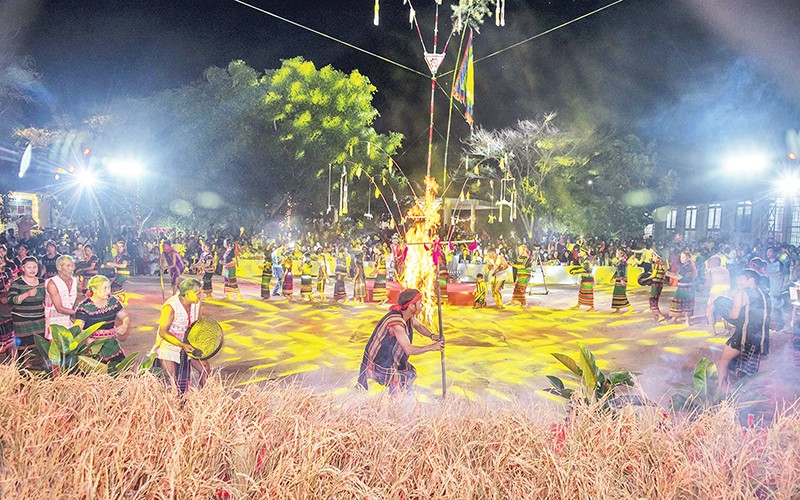 New rice celebration ceremony of the Ma people, Dak Nia commune, Gia Nghia city, Dak Nong province.
New rice celebration ceremony of the Ma people, Dak Nia commune, Gia Nghia city, Dak Nong province.The ethnic groups that settled here brought with them diverse cultural identities. The process of cultural exchange has created a rich and unique cultural picture of Dak Nong.
The life of the ethnic minorities of Mo Nong, Ma, E De is mainly self-sufficient, so traditional handicrafts are for family use. People have many traditional handicrafts such as iron forging, weaving, and knitting, which are popular occupations serving production and daily life.
The houses of the M’Nong and Ma people have both stilt houses and ground-floor houses. The E’De people often live in long stilt houses, with boat-shaped architecture, made of bamboo and wood, and thatched roofs. The houses of the M’Nong people today no longer have thatched roofs, some houses are supported under Program 134 so they are built with solid bricks.
The M’Nong, Ma, and Ede people often live in low-lying areas, along rivers and streams. They gather in bons. Each bon has from 20 to 40 houses. Currently, the head of the bon or village is the bon chief, who is nominated by the government, then elected by the people and operates for a term. The bons often have close relationships to protect the bon and develop production together.
Traditionally, the families of the M'Nong, Ma, and Ede people follow a matriarchal system. In the family, the wife is the head, but the husband is not discriminated against, they live with respect for each other. When parents are old, they often live with their youngest daughter. Normally, each ground-floor house of the M'Nong, Ma people and the long house of the Ede people is the residence of many families with blood relations on the mother's side. However, nowadays, the matriarchal factor is gradually decreasing due to contact with surrounding ethnic groups, along with social changes. The residence is also different from the past, the nuclear family consisting of parents and children is gradually becoming more popular, that is why men are increasingly becoming more important in the family. This has affected the economic activities and social concepts as well as the cultural institutions of the M'Nong, Ma, and Ede people today.
In cuisine , the M'Nong, Ma, and Ede people often use rice cooked in earthenware or copper pots. Sticky rice is often used during holidays, Tet, and to entertain guests. Food includes salt, chili, bamboo shoots, vegetables, roots from foraging, fish, meat, birds and animals from hunting. Grilled meat and bamboo rice are used in ceremonies and festivals. Drinks containing wine are not only used daily but also used during holidays and Tet. The Ede people also have the custom of chewing betel and areca nuts.
Regarding clothing, the M'Nong, Ma, and Ede women wear long skirts that reach to their heels, and in the summer they go shirtless or wear short pullovers. Men wear loincloths and long blouses. In the cold season, men and women often wear a blanket. The skirts of the M'Nong, Ma, and Ede are wrap-around skirts with woven patterns on the waistband and hem. The women's traditional pullovers have embroidered patterns on the shoulders, armpits, wrists, and hem. Meanwhile, the loincloths of Ede men have patterns on both edges and both ends of the loincloth.
Like women’s shirts, men’s shirts also have woven patterns along the armpits, hem, shoulders and wrists. As for the shirts of the nobility, there are often “eagles spreading their wings” patterns along the armpits and hem, and the back is decorated with beads. Nowadays, Ede men no longer wear loincloths on normal days; they dress like the Kinh people, only wearing loincloths or traditional costumes on special festival occasions.
Source: https://baodaknong.vn/da-dang-sac-mau-van-hoa-cac-dan-toc-thieu-so-dak-nong-236655.html





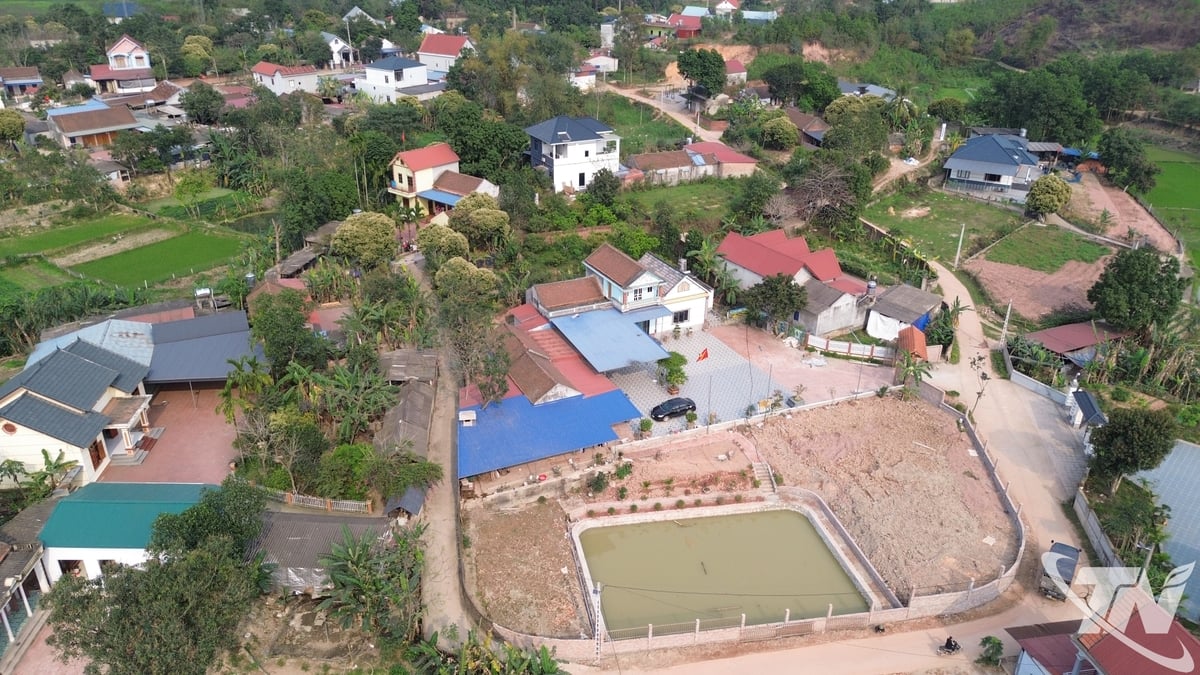
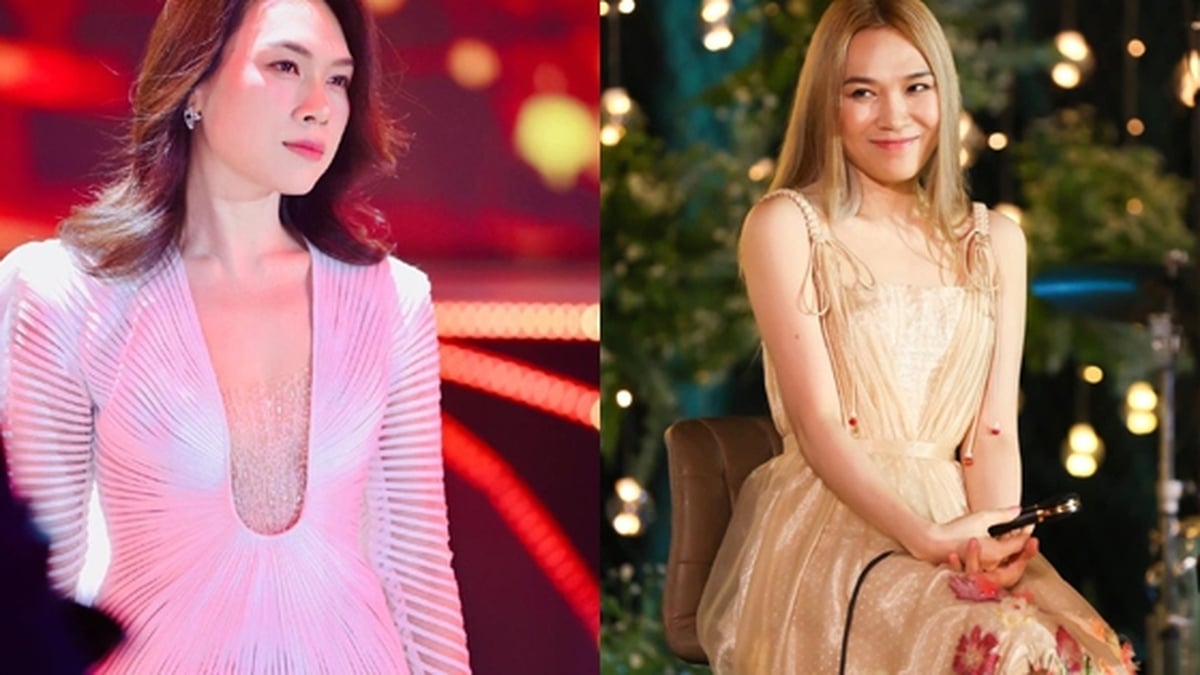
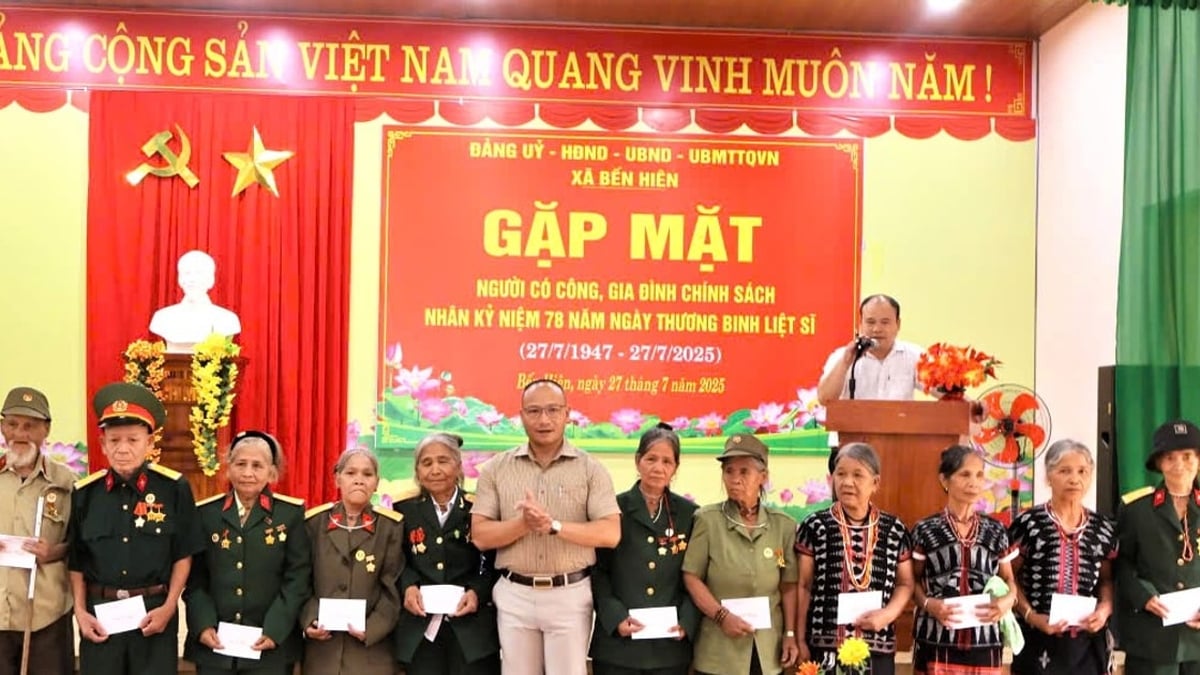
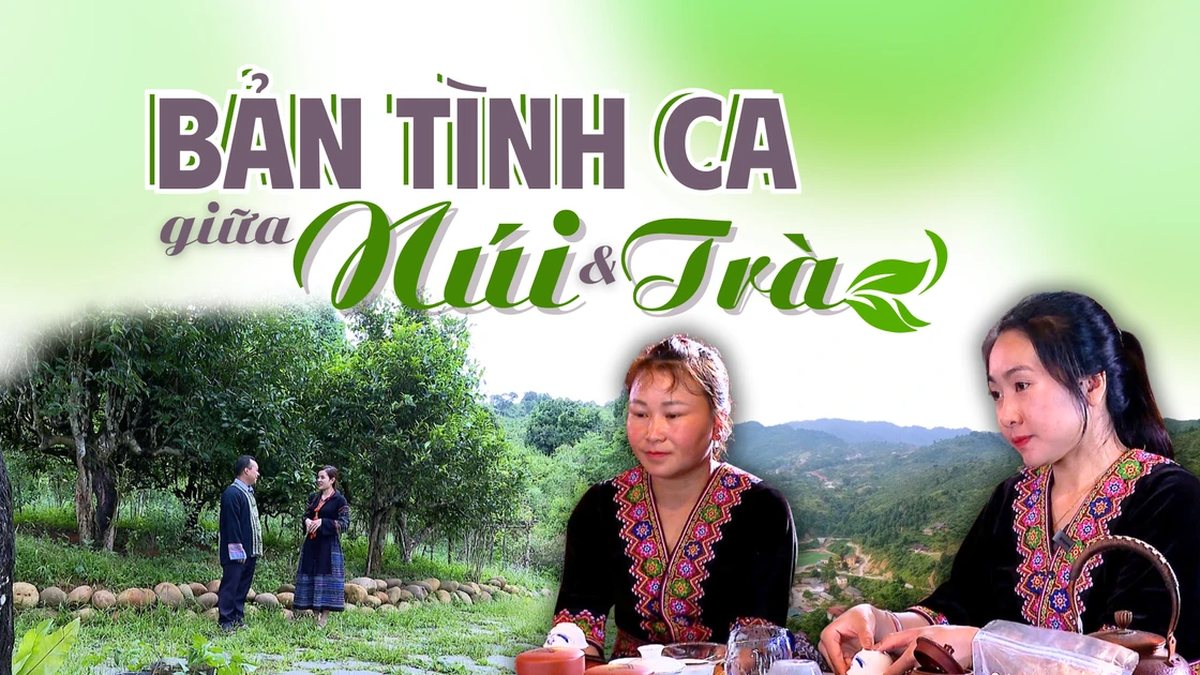
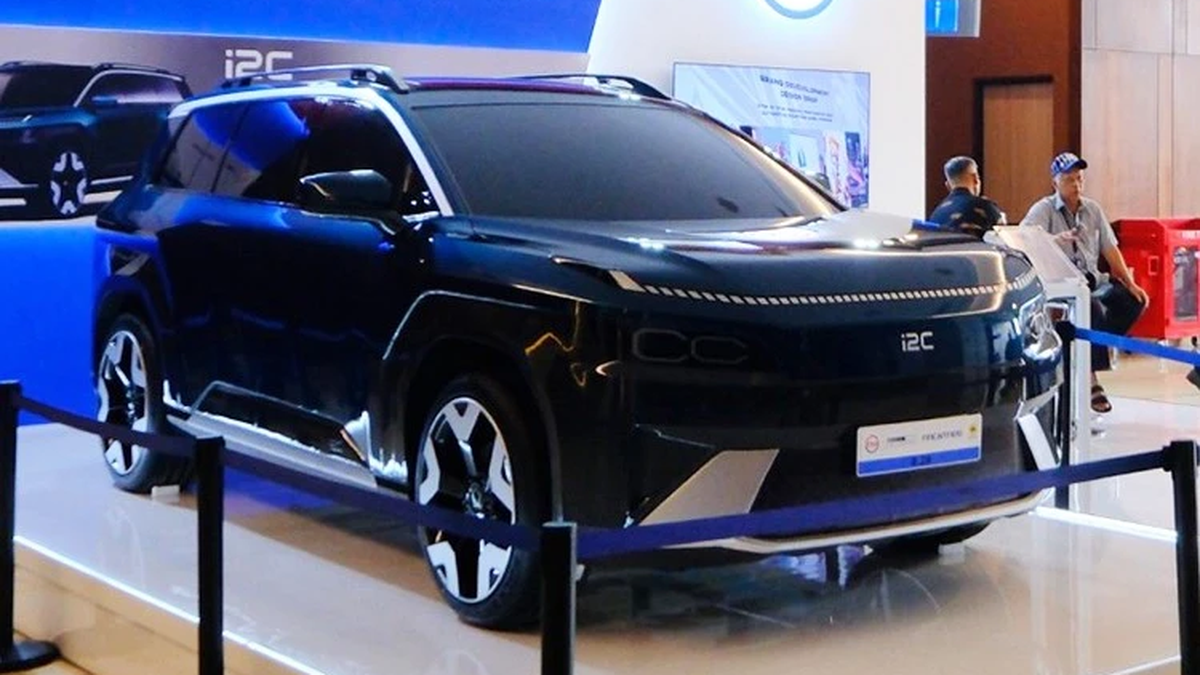
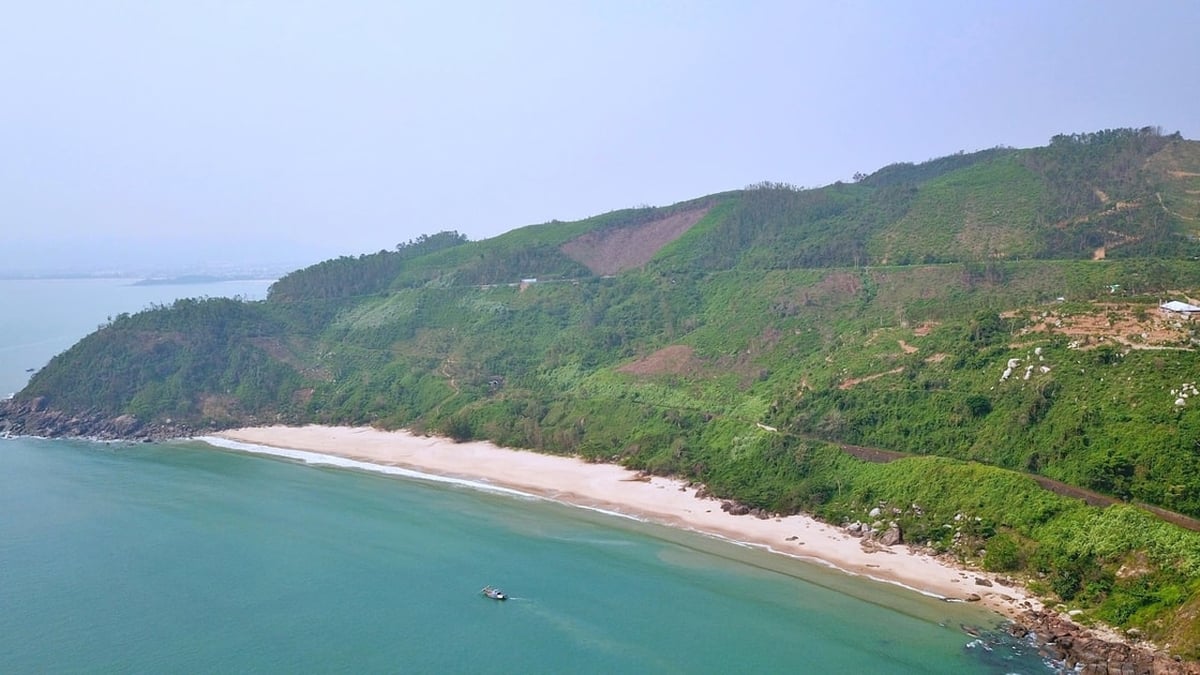
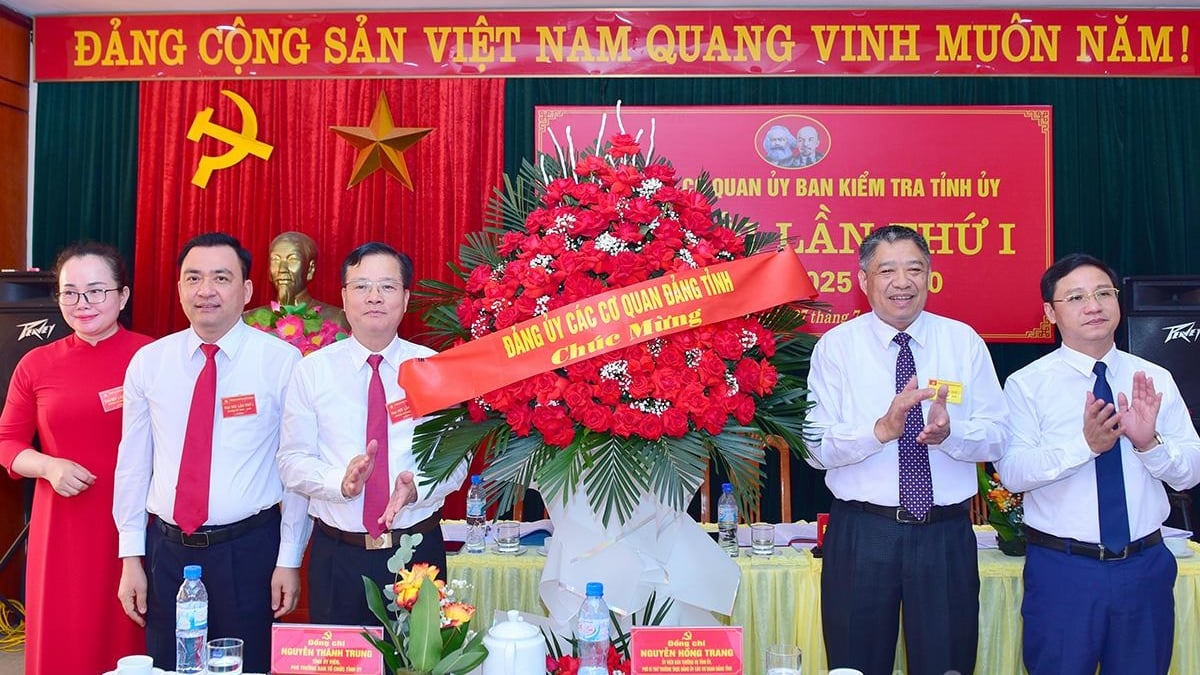






















































































Comment (0)